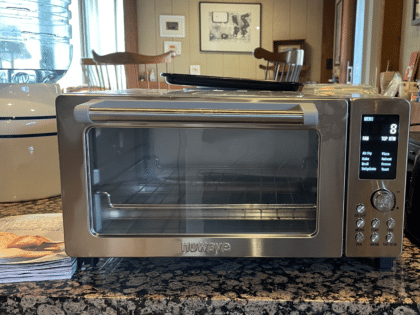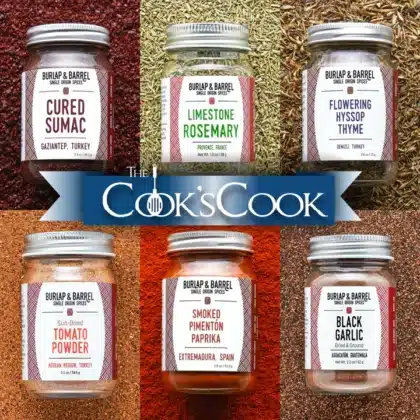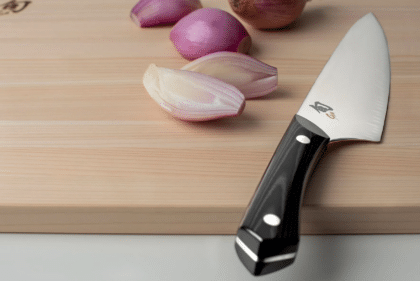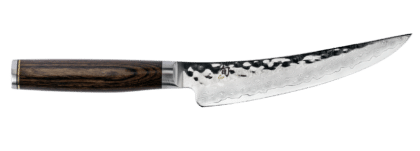The Prisoner Wine Company’s Eternally Silenced and Saldo
The Prisoner Wine Company of Napa, California, was created and launched by winemaker Dave Phinney twenty years ago, with a single wine that he called The Prisoner and of which he made only 385 cases.
Today, The Prisoner Wine Company (sold ten years ago by Phinney and now owned by Constellation Brands) is a widely recognized and celebrated maker of over a dozen wines: red, white, rosé, and sparkling.
With The Prisoner wine itself still leading the winery’s way into a world of discerning, excited (for good reason), and amply rewarded wine drinkers, it is The Prisoner winery’s red wines that are its most sought after and, when the wine in the bottles on the table may be getting low, fought over. They are that good.
All the company’s wines are intriguingly, dramatically, and (when you think about it) thoughtfully named. They are also craftily packaged (with the labels’ artwork reflecting each wine’s name and presumed message). I suspect that more emptied bottles of Prisoner wines are kept around kitchens and wine cellars than any but those of Mouton Rothschild, the label of which for each vintage is created by a great artist (e.g., Braque, Dali, Miró, Kandinsky, Warhol, Freud, et [astounding] al).
Eternally Silenced is a Pinot Noir in a traditionally shaped Burgundy bottle but one that has been hand-dipped in wax. Like all Prisoner wines, it is made from purchased grapes, in this instance from some of California’s finest locations for Pinot Noir: Santa Barbara, Sonoma Coast, Napa Valley, Edna Valley, and Monterey.
The wine itself is very much a California Pinot Noir (as distinguished from the French), but even among those from its native state, it stands out for its richness in taste and what might be called its strength of character. It demands attention, in its color (not a typical pale Burgundy) and its demand to be taken seriously and yet amusedly as it punches you in the mouth.
I drank the one bottle over a week and more. (My custom when testing wines.) Most pinot noirs fade overnight. This one stayed on like a guest you’re tempted to invite to live with you.
The Saldo Zinfandel is also a blend from different California appellations, among the most interesting for that splendid, still underrated grape: Dry Creek Valley, Lodi, and the Sierra Nevada foothills.
Fittingly, Saldo means “here and there” in Latin, though I like to think of such old-vine, dry-farmed, far-flung vineyards as being “hither and yon.”
What this Zinfandel lacked was what I, personally, love to find lacking in a Zinfandel: its oft-described brambliness, which to me is usually unsophisticatedly rustic (though rusticity can be quite complex, even profound) and is more likely to make you feel pricked than pleased in nose and mouth.
Instead Saldo was, for so deep and dark (it is blended with 15 percent Petite Sirah, like some of the great Ridge Zinfandels) and powerful a wine, rather elegant, which is probably the last thing you expect to hear about a Zinfandel.
So let that be the last thing you hear here.
Except: Go out and buy a rich Pinot Noir and an elegant Zinfandel.
Keep the empty bottles.
(Though that might–only might– be excessive if you buy these by the case.)






